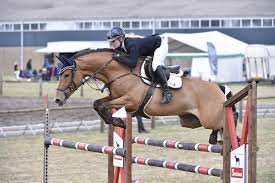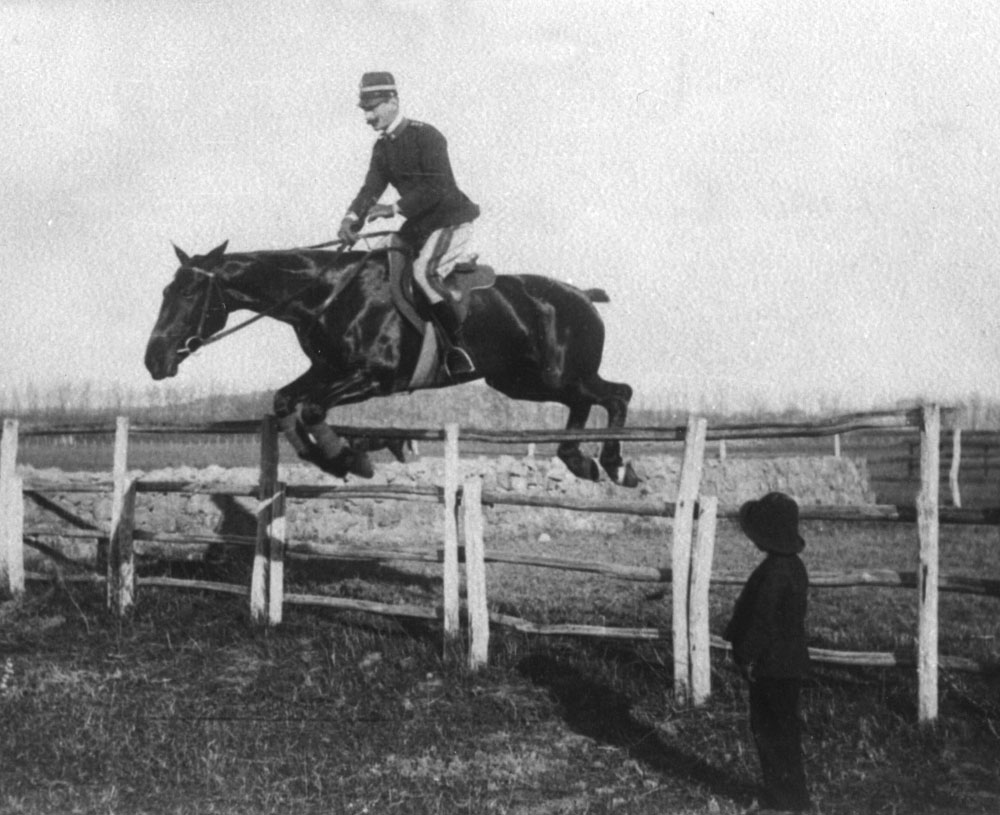GrassChop
Well-Known Member
I've seen a couple of pictures and videos recently of people jumping their horses on clinics/lessons etc and no one seems to be folding that much anymore. More staying upright even if the jump isn't particularly small.
I'm no jumper or professional by any means.
I remember when people started folding and stretching their arms out in front of them at one point!
I can't find any examples on Google of what I mean!
I'm no jumper or professional by any means.
I remember when people started folding and stretching their arms out in front of them at one point!
I can't find any examples on Google of what I mean!



